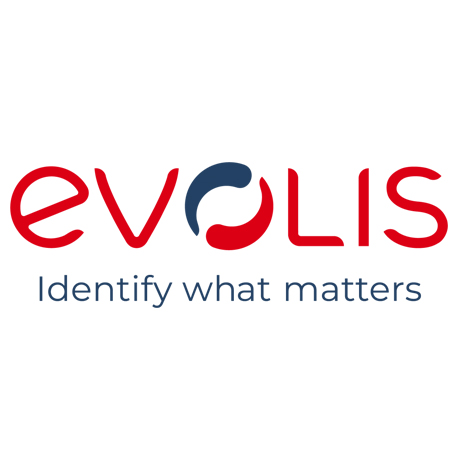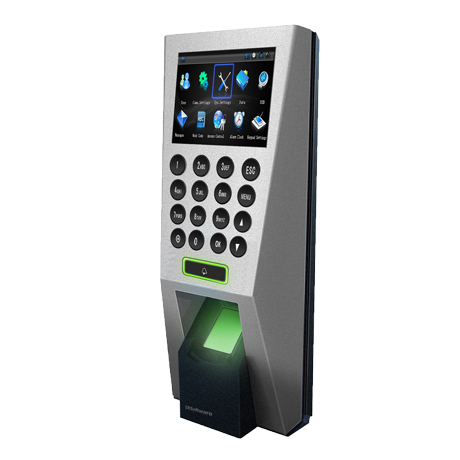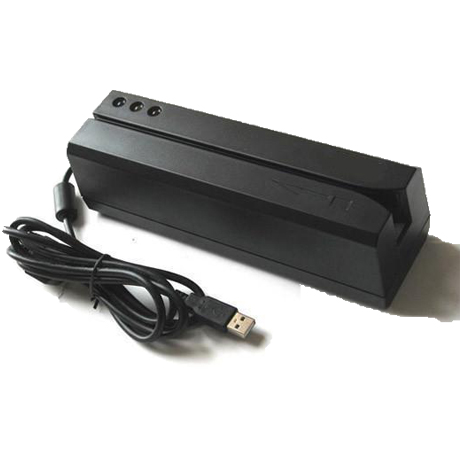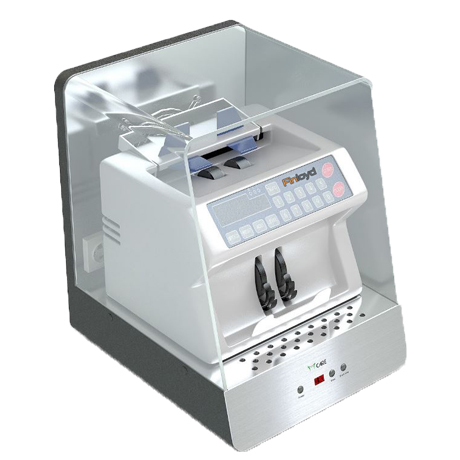We’re living and working in an increasingly digital world. Mobile electronics are everywhere and are communicating with each other through the Internet of Things.
Electronic and wireless systems have long been the dominant access control technologies. Many businesses now regularly use biometrics, RFID swipe cards, and mobile credentials for some of their access control.
And yet, physical keys are still everywhere. There are good reasons for this as well. If you’re heavily invested in physical key security, switching over entirely to electronic access controls may not be cost-effective, especially in large facilities. Keys also aren’t hackable, and if you have control over duplication, you can establish a reliable chain of custody for the assets protected by those keys.
So if physical keys are here for the foreseeable future, how can we bring them into the modern, wired, IoT-driven workplace? The answer is with a physical key management system.
These electronic management platforms provide many meaningful benefits. First, this article gives you an overview of what a physical key management system looks like. Then we’ll share just 20 of the highlight benefits and core components of a Key Management System.
Core Components of a Key Management System
Most physical key management systems include a few core components.
Key fobs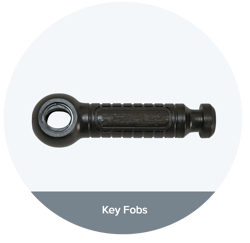
For advanced, electronic key management systems to work, individual keys, or more commonly keyrings, are attached to a tracking key fob. Advanced systems use wireless radio frequency identification (RFID) fobs. These identify the keyring to the management system and can store other valuable data.
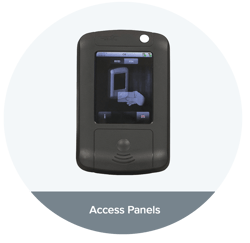 Access panels
Access panels
When users approach a key management system, they must first authenticate themselves on an attached access control panel before accessing any stored keyrings. Different systems take different credentials, including biometrics, RFID tokens, PIN codes, or mobile phone credentials.
Advanced systems can also present users with checklists or other prompts at signout or return. You can use these forms to collect valuable information about the workflows within which your staff uses those keys.
Key cabinets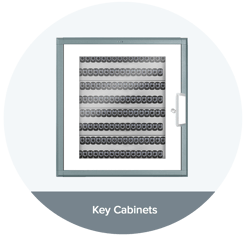
These cabinets—or security key boxes—are lined with locking slots in which you insert the key fobs. Keyrings only unlock after a user authenticates themselves and completes any necessary checklists you present to them.
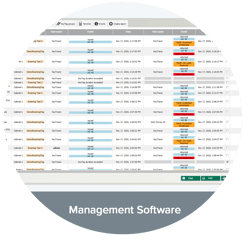 Management software
Management software
All transaction information and usage data collected by the key management system feed back into its attached software. You can access this software from any authorized PC, smartphone, or tablet. You can use it to manage keys and users, generate reports, and modify triggers and alarms to go off when certain events occur. For example, if a critical key is overdue for return.
Physical Key Management is a Worthwhile Investment
When you take your key management digital, you’ll be able to track and audit key use in real-time. Digital access is vital if you need to monitor key use during critical day-to-day operations, such as a security officer’s patrol.
It will also help you keep abreast of routine work, like the sign-in/sign-out schedule of a fleet mechanic servicing your vehicles.
13. And improved emergency response
Data collected on key use and associated vehicle and asset statuses can be excellent resources for improving your emergency planning. And reliable key management systems will include tools for releasing keys in an emergency, so your personnel aren’t stuck punching their way through checklists designed for routine use
Find out how a key management system can provide a positive ROI for your company
Industry-Specific Benefits
Key management systems provide some specific benefits to organizations in different business sectors, including:
14. In Healthcare: Better controls and accountability.
In-house pharmacies, drug dispensaries, and other medical storage units are all often secured with physical keys. Tracking key sign-outs and returns can help you maintain tighter access control over controlled substances and provide the access logs you need to meet government regulations.
15. In Law Enforcement & Corrections: More security and chain-of-custody tracking.
Law enforcement agencies often stick with physical keys for access control due to tight budgets or a desire to have a reliable solution, even when there is a power or network outage. Thanks to an offline emergency release feature, key management systems keep keys secure without compromising your emergency response capabilities. In addition, if keys are used for evidence management, then a key system’s signout report can also support chain-of-custody tracking.
16. In Logistics: Greater control of fleets and assets.
Manually tracking all the vehicle and storage keys involved in shipping logistics is a nightmare. Key management systems automate what takes too much time to fill out spreadsheets and give you tighter control over how and when drivers sign out trucks.
17. In Manufacturing: Increase efficiency of operations.
Manufacturing businesses need to keep their facilities secure and their equipment easily accessible. Tracking where your keys are at any given moment ensures that workers stay productive, and the next person who needs a key always knows where to find it. Time spent hunting for lost keys is time not spent hitting production targets.
18. In Higher Education: Streamline key management.
College campuses are so large that it is rarely cost-effective for every location to use electronic access control. They also have to deal with many students, seasonal program staff, and adjunct faculty coming and going regularly. It can take up too much administrative time to track all the keys they need manually. An electronic key management system is easy to update with new employees and whole new classes of students in just a few clicks.
19. In Hospitality: Deliver better customer service.
Good customer service means unlocking conference rooms, storage cabinets, and other secured assets the moment a customer needs them. That means you always need to know where your keys are. An electronic key system ensures a digital “paper trail” you can follow to track any key.
20. In Gaming: Comply with all regulations.
Casinos are under tight regulations to track cash and gaming components. That task becomes much easier when you have a reliable way to monitor the use of keys for unlocking drop boxes, counting rooms, and other backroom offices. In addition, with electronic key tracking, there is no risk of human error in key transactions, which might make you fall out of compliance.



